Bird migration represents one of nature’s most incredible phenomena, with billions of birds traveling thousands of miles twice each year following ancient pathways carved by generations before them. These routes offer wildlife enthusiasts and casual observers alike the chance to witness some of the planet’s most spectacular natural events, from massive flocks of sandpipers to elegant crane formations stretching across the sky.
The timing couldn’t be better to start planning your migration-watching adventures. Here is a list of 18 bird migration routes you can follow to experience these remarkable journeys firsthand.
Atlantic Flyway, Cape May
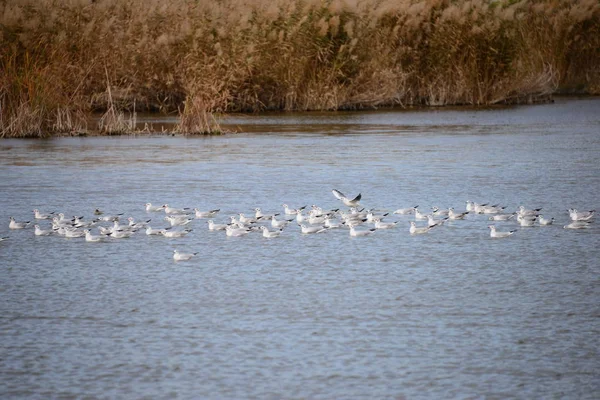
The Atlantic Flyway funnels millions of birds through Cape May, New Jersey, creating one of North America’s premier birding destinations. Hawks, warblers, and monarch butterflies converge here each fall, with some days bringing over 1,000 raptors past the famous hawk watch platform.
The peninsula acts like a natural funnel, concentrating birds before they leap into Delaware Bay.
Pacific Flyway, Point Reyes
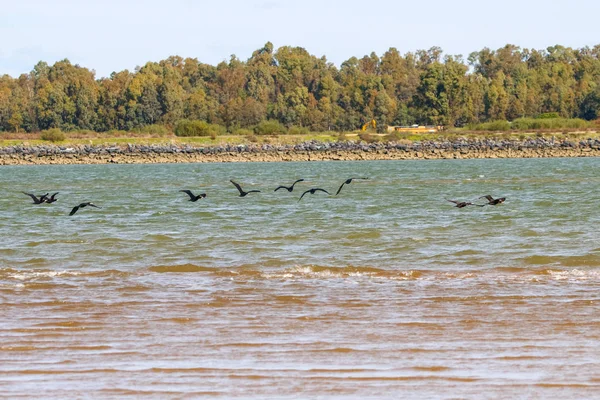
Point Reyes National Seashore in California serves as a critical stopover for Pacific Flyway travelers. The diverse habitats here support everything from tiny hummingbirds to massive pelican formations.
During peak migration in September and October, the lighthouse area becomes a hotspot for watching seabirds navigate the coastal winds.
Like Travel Pug’s content? Follow us on MSN.
Mississippi Flyway, Minnesota’s Hawk Ridge
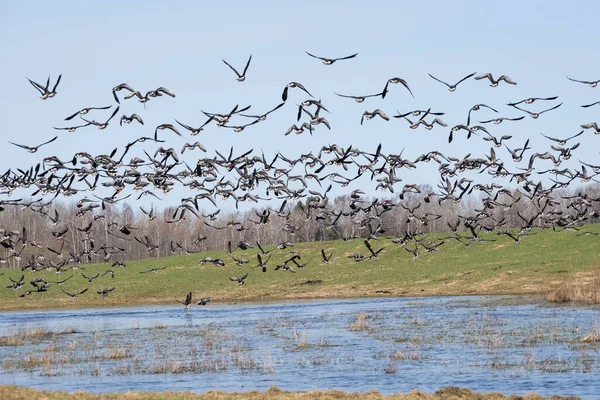
Duluth’s Hawk Ridge offers front-row seats to one of the continent’s most impressive raptor migrations. On a good September day, thousands of broad-winged hawks spiral upward in massive kettles before continuing south along Lake Superior’s shoreline.
The ridge acts as a natural highway, guiding birds around the vast expanse of the Great Lakes.
Great Lakes Flyway, Magee Marsh
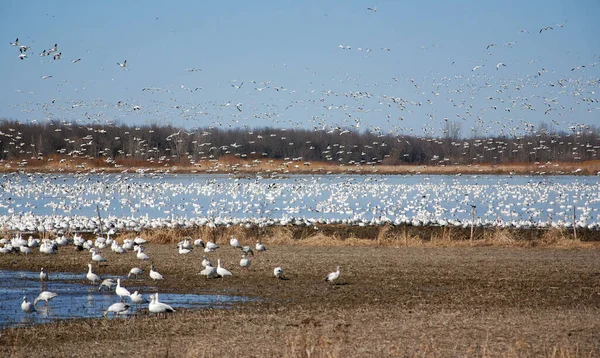
Ohio’s Magee Marsh has earned the nickname ‘Warbler Capital of the World’ for good reason. The boardwalk here puts visitors at eye level with over 30 warbler species during May migration, when exhausted birds drop down after crossing Lake Erie.
It’s like having a front-row ticket to nature’s most colorful parade.
Rio Grande Valley, Texas
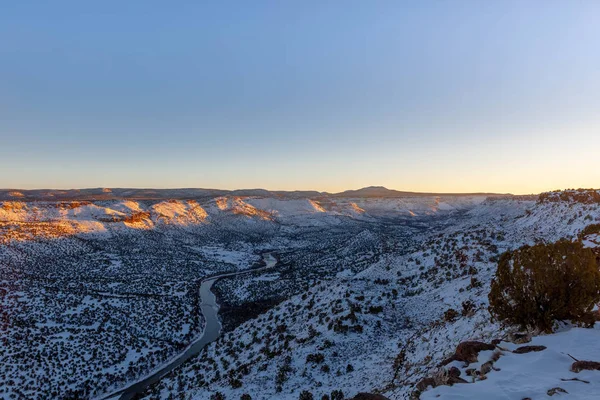
The Rio Grande Valley in southern Texas serves as the gateway for neotropical migrants entering the United States. Over 500 bird species have been recorded here, making it one of the most diverse birding regions in North America.
The valley’s unique position along the border creates a mixing zone where eastern and western species overlap.
Like Travel Pug’s content? Follow us on MSN.
Copper River Delta, Alaska
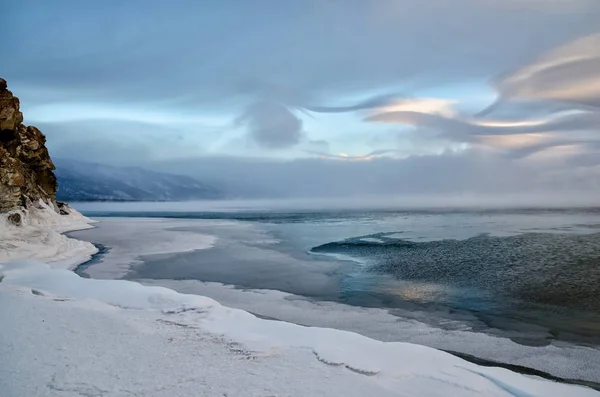
Alaska’s Copper River Delta hosts one of the Western Hemisphere’s largest shorebird gatherings each spring. Millions of sandpipers, dunlin, and other species stop here to feast on marine worms before continuing to their Arctic breeding grounds.
The vast mudflats provide a seemingly endless buffet after the long Pacific crossing.
Bosque del Apache, New Mexico
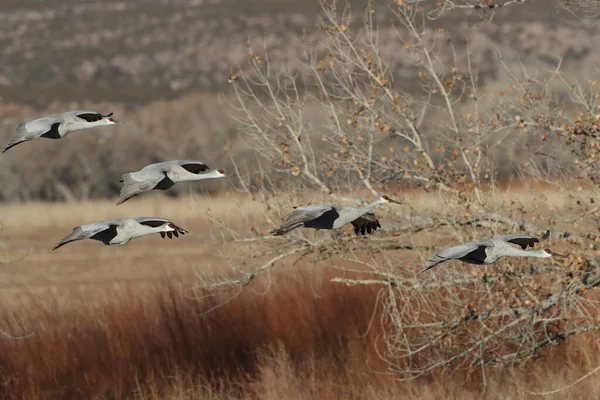
New Mexico’s Bosque del Apache National Wildlife Refuge transforms into a winter wonderland for waterfowl and cranes. The carefully managed wetlands attract massive flocks of sandhill cranes, snow geese, and dozens of duck species.
Early morning fly-outs create some of the most photogenic moments in all the birding.
Ramsey Canyon, Arizona
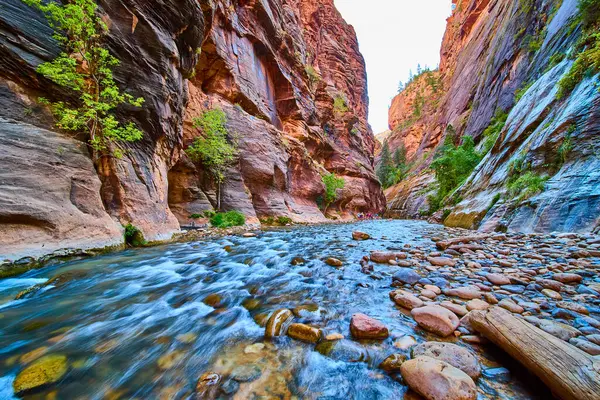
Arizona’s Ramsey Canyon serves as a critical corridor for hummingbird migration through the Sky Island mountains. Up to 15 hummingbird species pass through this narrow canyon, creating a buzzing paradise for enthusiasts.
The canyon’s unique microclimate and elevation provide perfect conditions for these tiny migrants.
Like Travel Pug’s content? Follow us on MSN.
Hawk Mountain, Pennsylvania
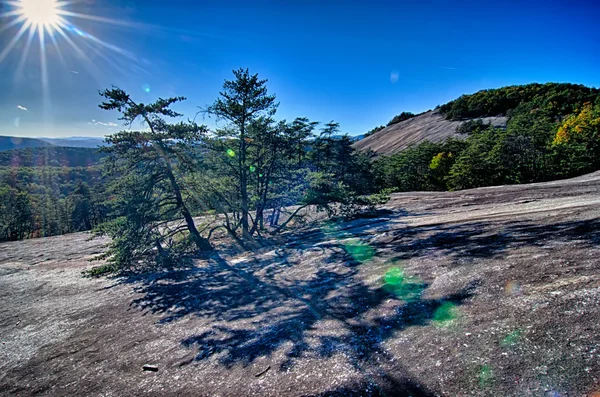
Pennsylvania’s Hawk Mountain pioneered raptor migration research and remains one of the East Coast’s premier hawk-watching destinations. The rocky outcrops provide perfect updrafts for soaring birds, while the North Lookout offers panoramic views of the Appalachian ridgeline.
On peak days in September, the mountain records thousands of migrating raptors.
Point Pelee, Ontario
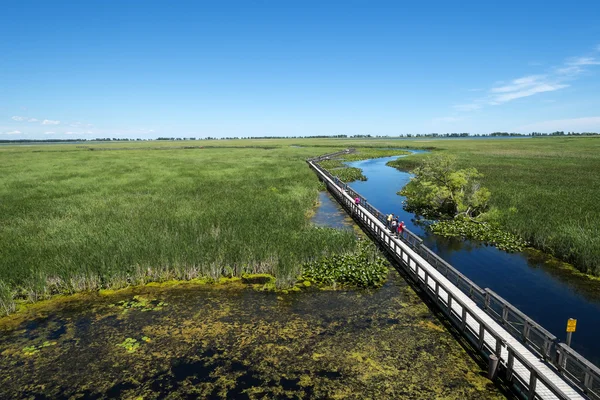
Point Pelee National Park extends like a finger into Lake Erie, creating a natural concentration point for migrants. The southernmost tip of mainland Canada funnels warblers, vireos, and flycatchers into a relatively small area each May.
The park’s diverse habitats support over 370 bird species throughout the year.
Veracruz River of Raptors, Mexico
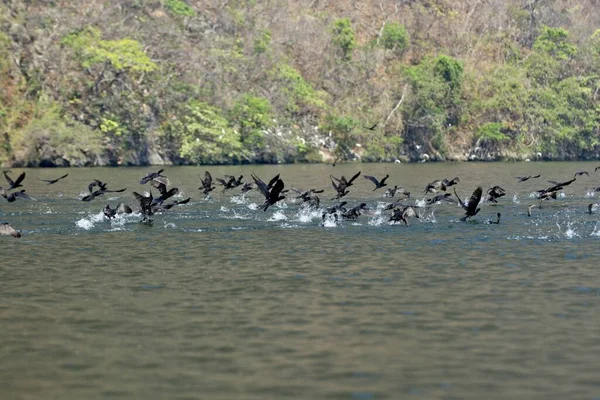
Mexico’s Veracruz coast hosts the world’s largest raptor migration, with over 4 million birds of prey funneling through each fall. Broad-winged hawks form massive rivers of birds that can stretch for miles, while turkey vultures create enormous spiraling thermals.
The coastal plain provides ideal conditions for these energy-efficient soaring flights.
Like Travel Pug’s content? Follow us on MSN.
Golden Gate Raptor Observatory, California
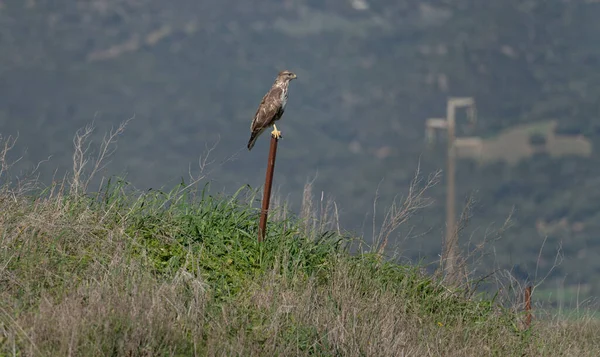
The Marin Headlands near San Francisco offer spectacular views of raptor migration along the Pacific Coast. Hawks, eagles, and falcons follow the coastal ridges, often passing just overhead as they navigate around San Francisco Bay.
The observatory’s location provides intimate views of birds adapting to urban landscapes.
Whitefish Point, Michigan
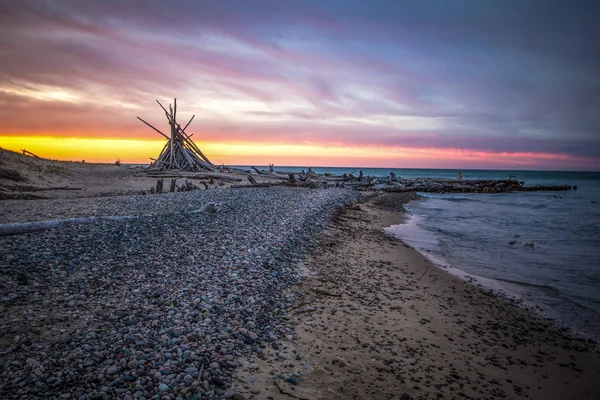
Michigan’s Whitefish Point concentrates migrants at the eastern tip of Lake Superior, creating exceptional birding opportunities. The point serves as a launching pad for birds crossing the vast lake, while bad weather often forces spectacular fallouts.
Spring brings waves of warblers, while fall features impressive hawk flights.
Riding Mountain, Manitoba
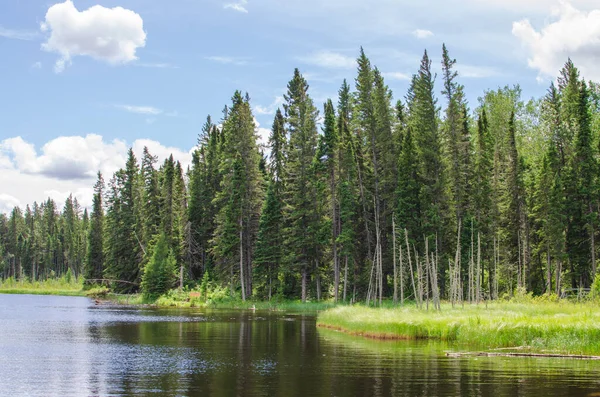
Manitoba’s Riding Mountain National Park sits along a major flyway corridor through the Canadian prairies. The park’s diverse habitats attract both eastern and western species, creating unique birding opportunities in the heart of the continent.
Fall migration brings impressive numbers of raptors and waterbirds through the region.
Like Travel Pug’s content? Follow us on MSN.
Hazel Bazemore County Park, Texas
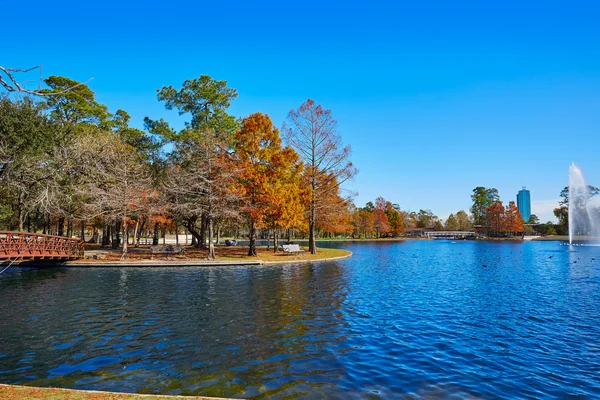
This small park near Corpus Christi punches well above its weight during fall hawk migration. Broad-winged hawks, Swainson’s hawks, and Mississippi kites funnel through in enormous numbers, with single-day counts sometimes exceeding 100,000 birds.
The park’s open fields provide excellent viewing conditions for photographing raptors.
Montezuma National Wildlife Refuge, New York
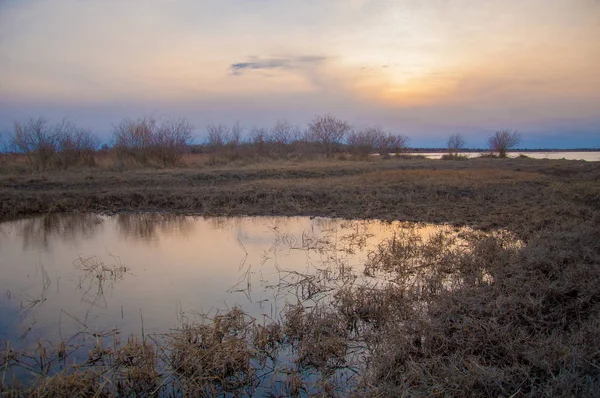
New York’s Montezuma Refuge sits in the heart of the Atlantic Flyway, attracting massive waterfowl concentrations. The refuge’s pools and marshes provide critical habitat for migrating ducks, geese, and swans.
Fall brings spectacular numbers of waterfowl, while spring features diverse shorebird species.
Cheyenne Bottoms, Kansas
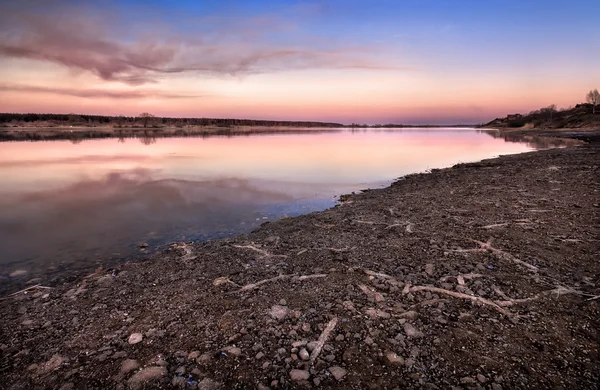
Kansas might seem like an unlikely birding hotspot, but Cheyenne Bottoms proves otherwise with its incredible shorebird diversity. The shallow wetlands attract over 45 shorebird species during migration, creating one of the continent’s most important inland stopover sites.
The area’s central location makes it accessible to both eastern and western species.
Like Travel Pug’s content? Follow us on MSN.
Grand Isle, Louisiana
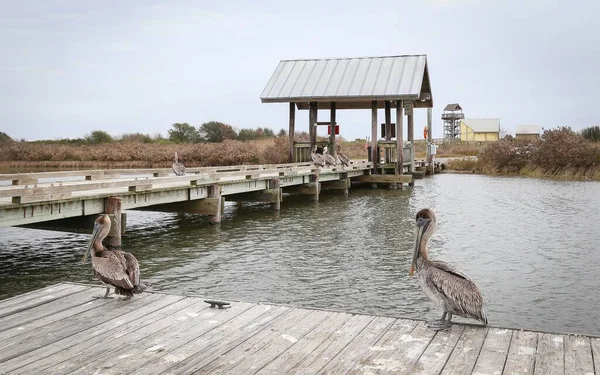
Louisiana’s Grand Isle offers a front-row seat to trans-Gulf migration, one of the most challenging journeys in the bird world. Exhausted migrants arriving from Central America often create spectacular fallouts when weather conditions force them down.
The island’s position in the Gulf makes it a critical first landfall for millions of neotropical migrants.
Where Ancient Paths Meet Modern Discovery
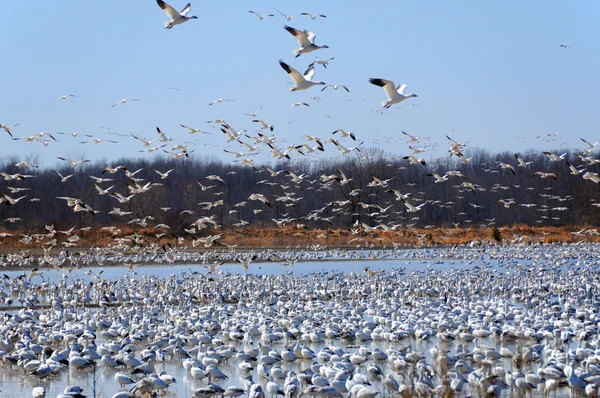
These migration routes represent pathways perfected over millions of years, yet they continue to reveal new secrets to modern researchers and enthusiasts. Climate change and habitat loss are altering these ancient patterns, making current observations more valuable than ever for understanding avian adaptation.
Each route offers a unique window into the remarkable endurance and navigation abilities that allow birds to traverse entire continents twice each year. The opportunity to witness these journeys connects us to natural rhythms that have persisted far longer than human civilization, reminding us of our shared dependence on healthy ecosystems across vast geographic scales.
More from Travel Pug

- 20 Best Beach Towns in the Carolinas
- 13 Destinations Where Tourists Regularly Regret Their Trip
- 20 Things You Actually Get in First Class
- 20 Small Airports With Aviation Museums
- 20 Places in the U.S. That Are Perfect for a Reset Trip
Like Travel Pug’s content? Follow us on MSN. content? Follow us on MSN.
